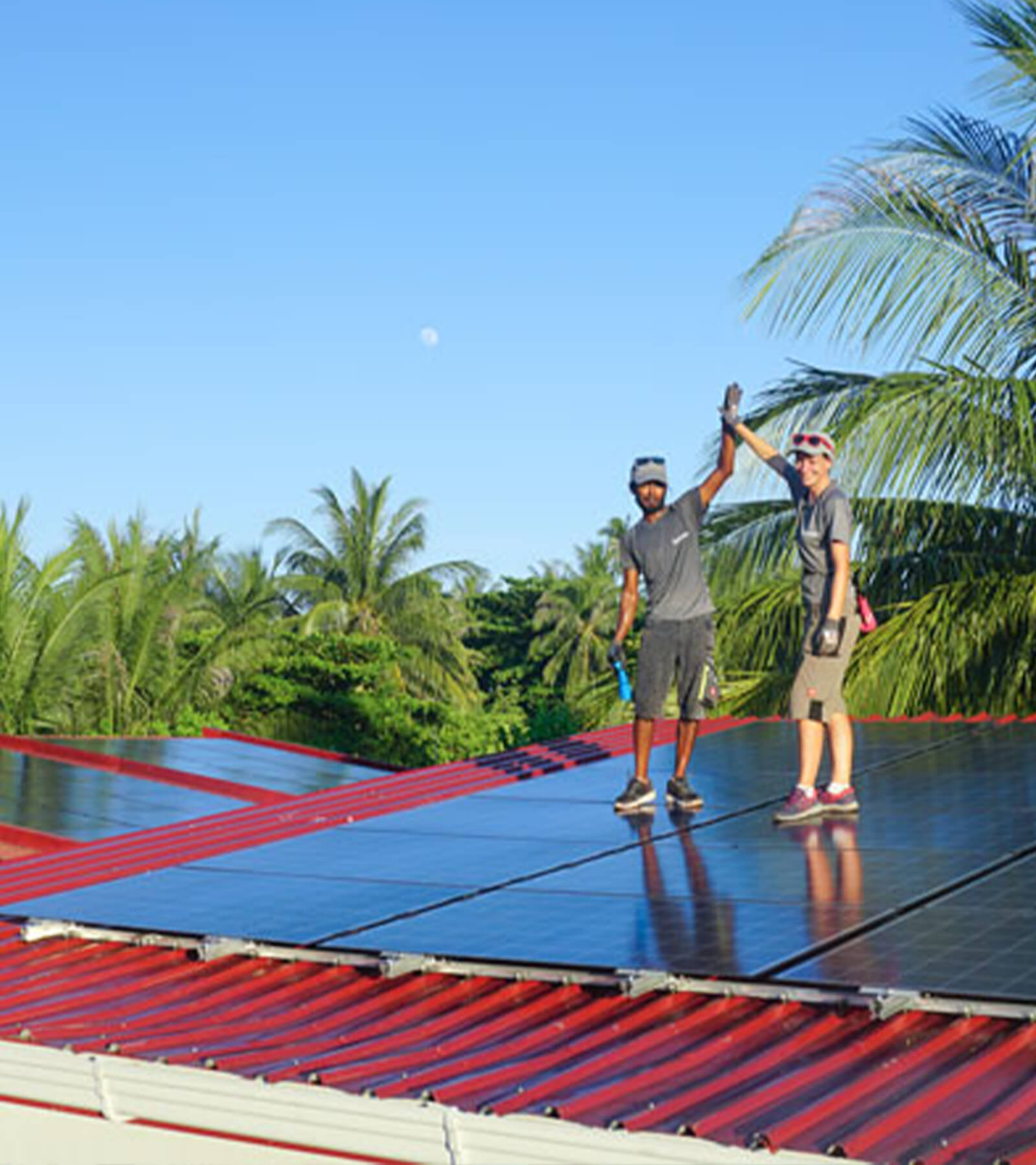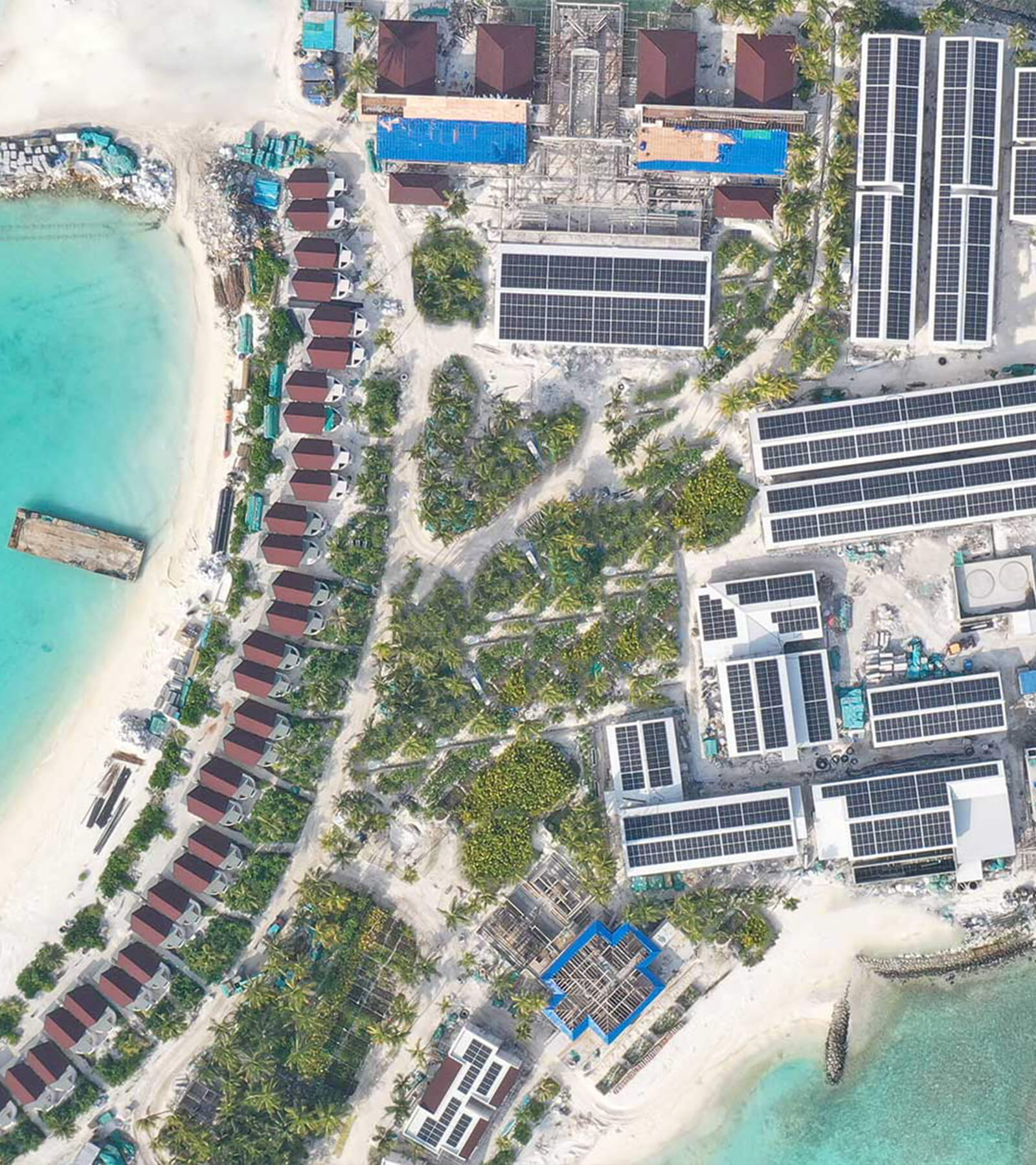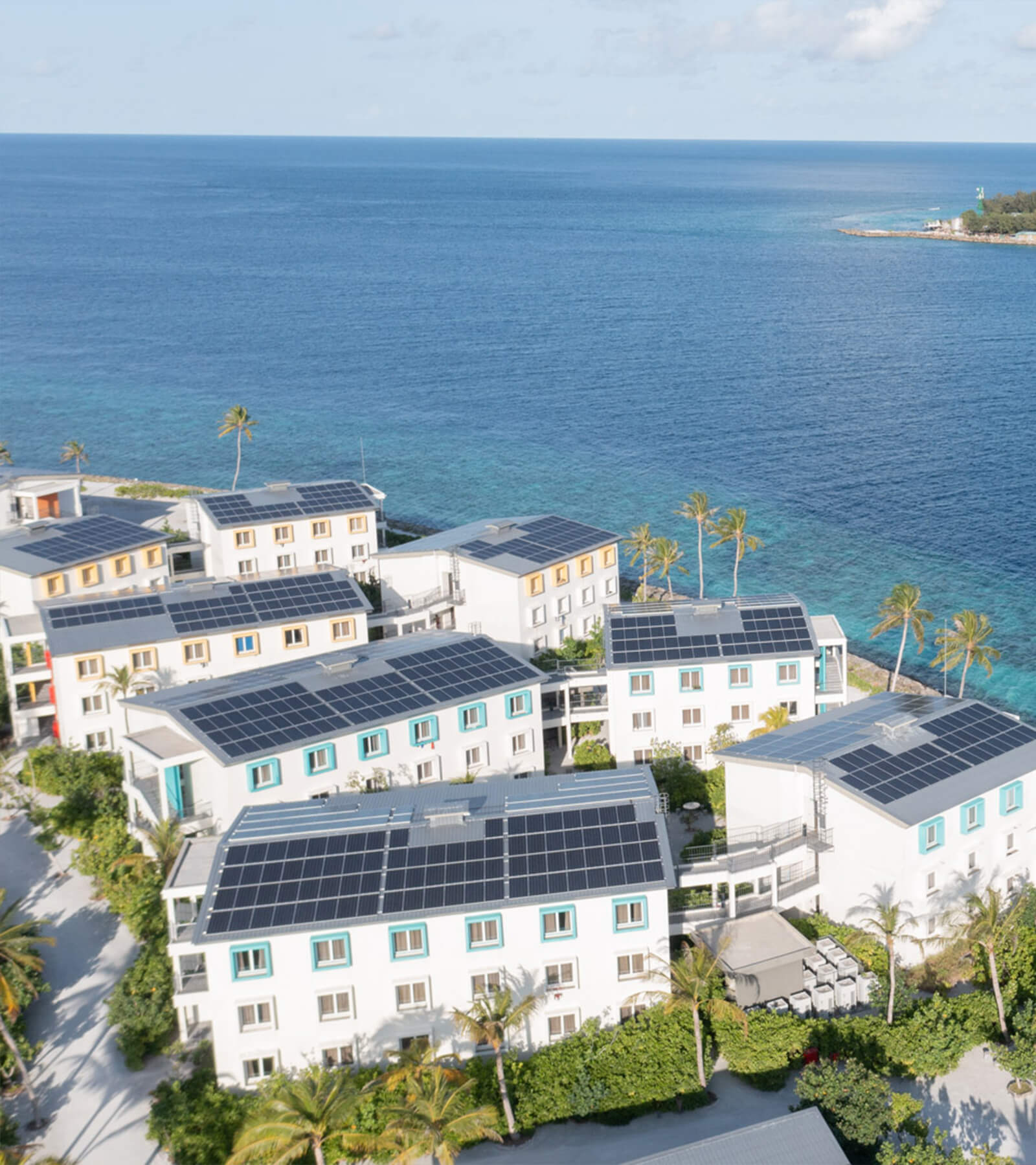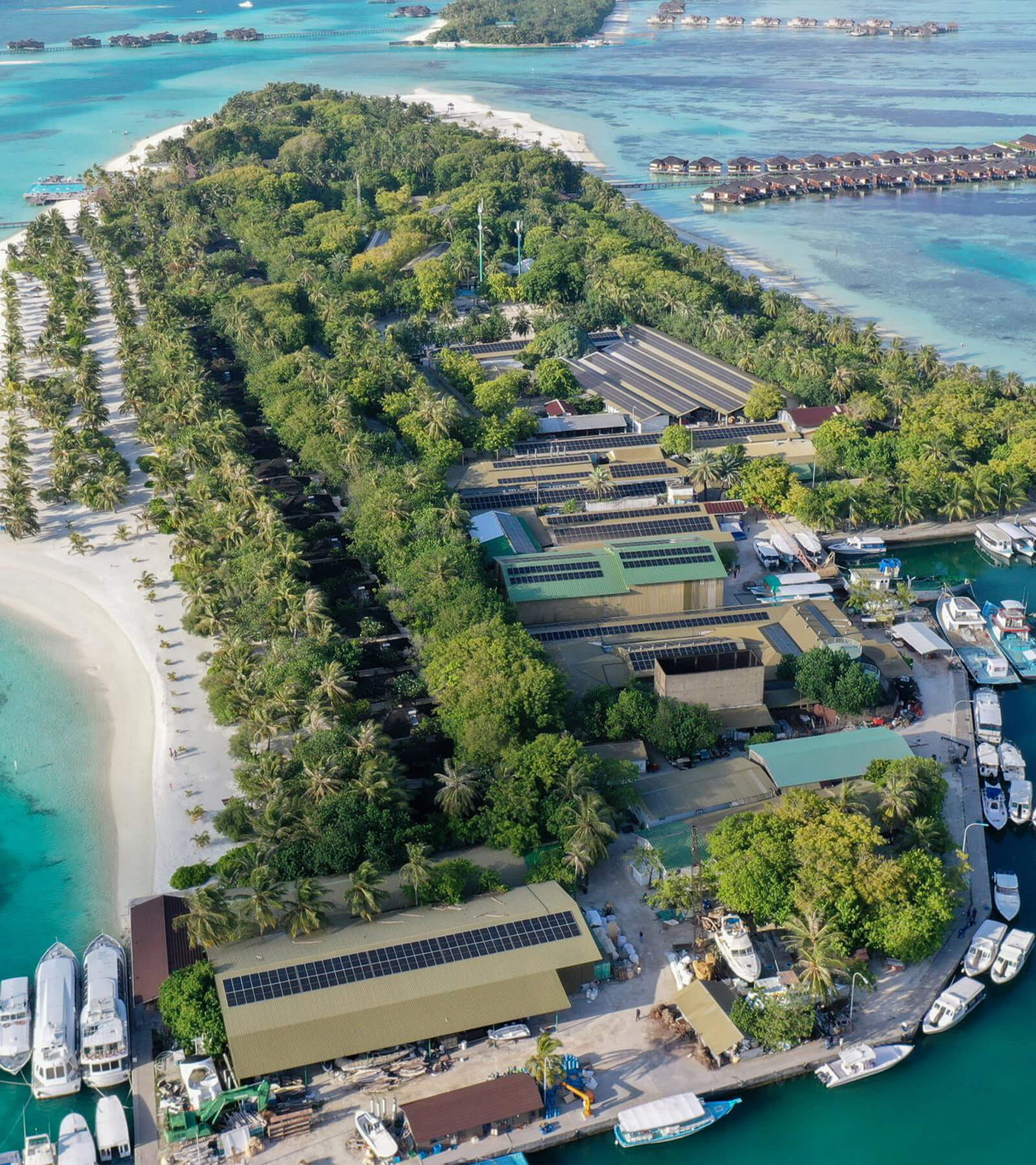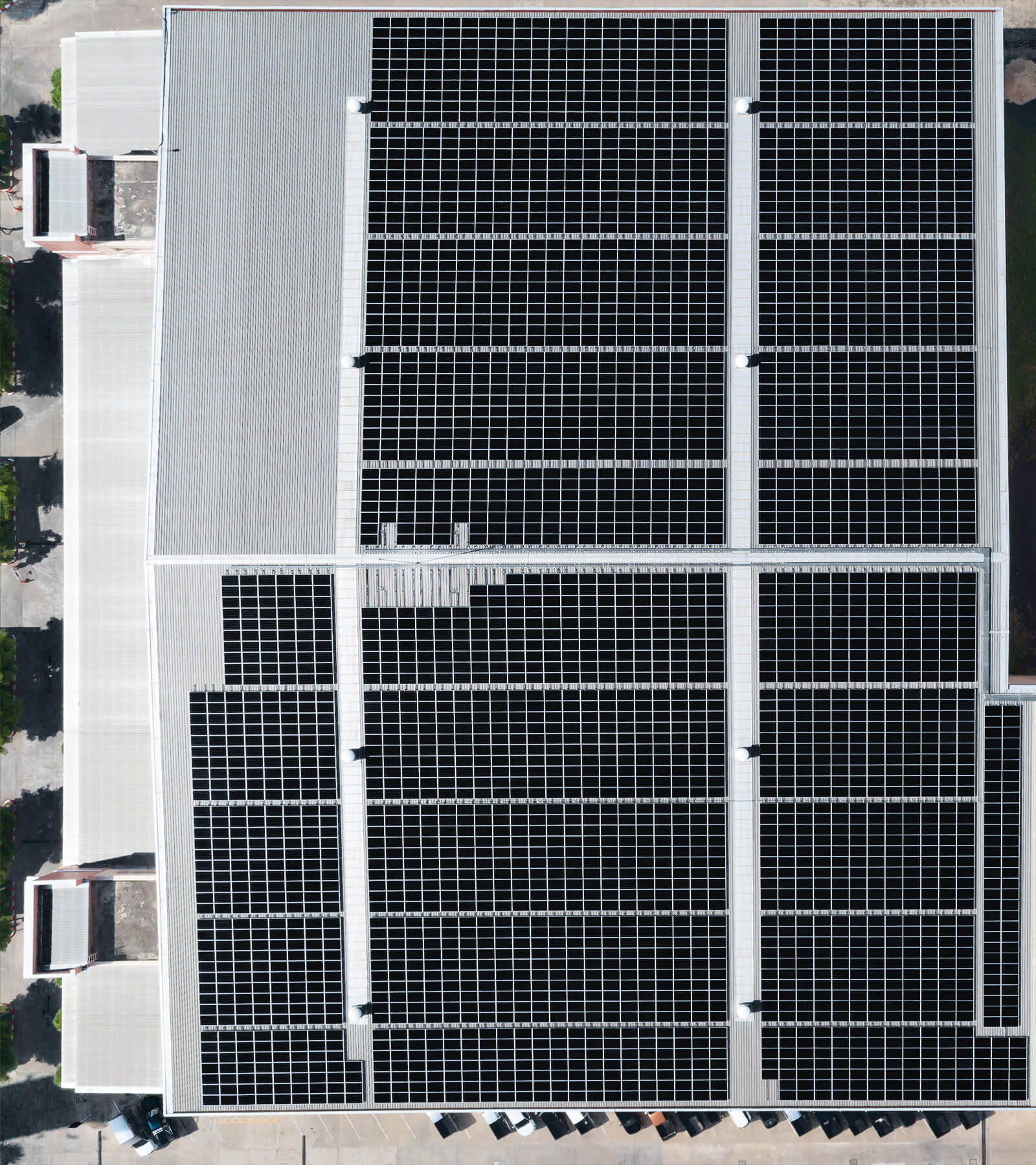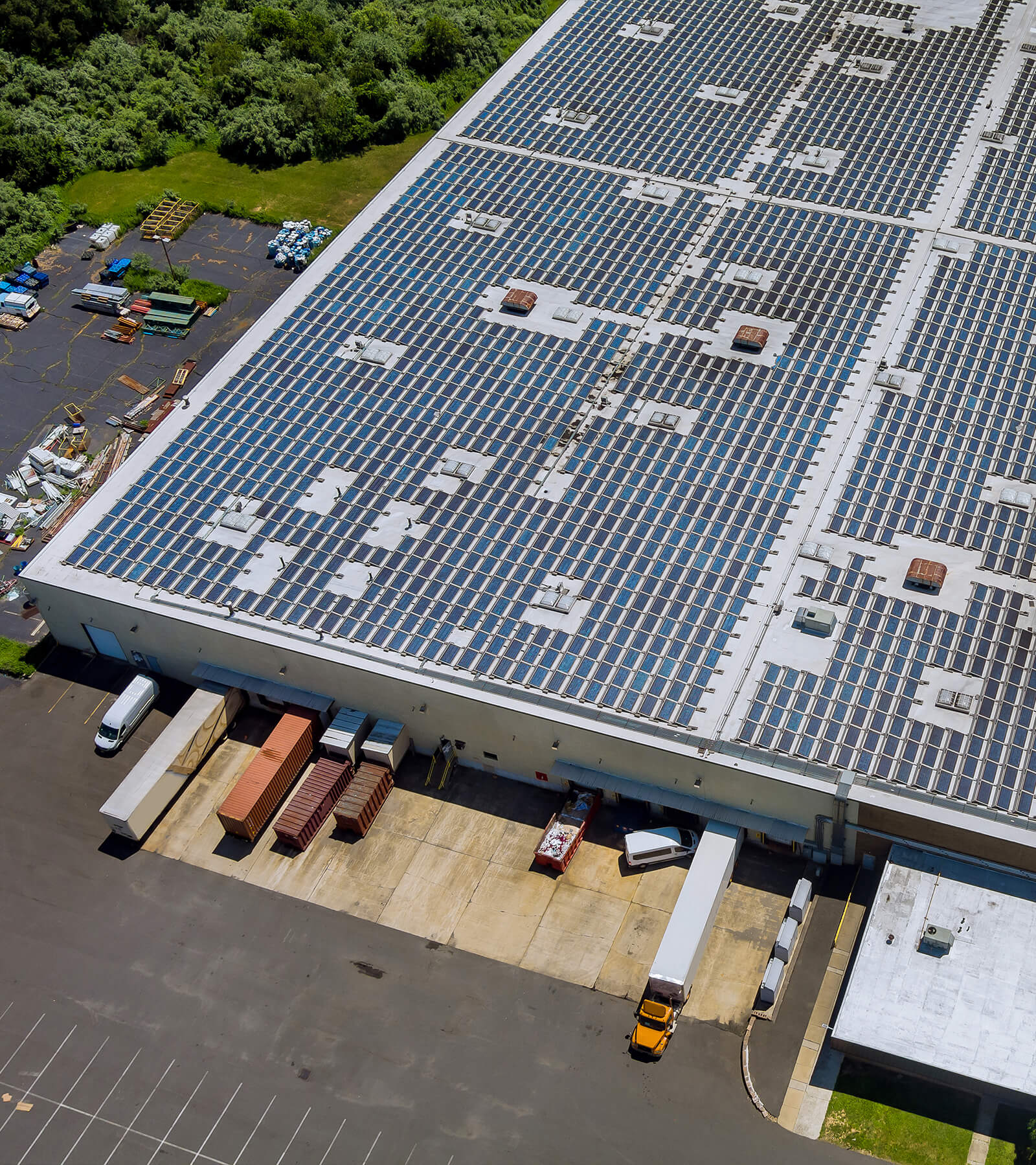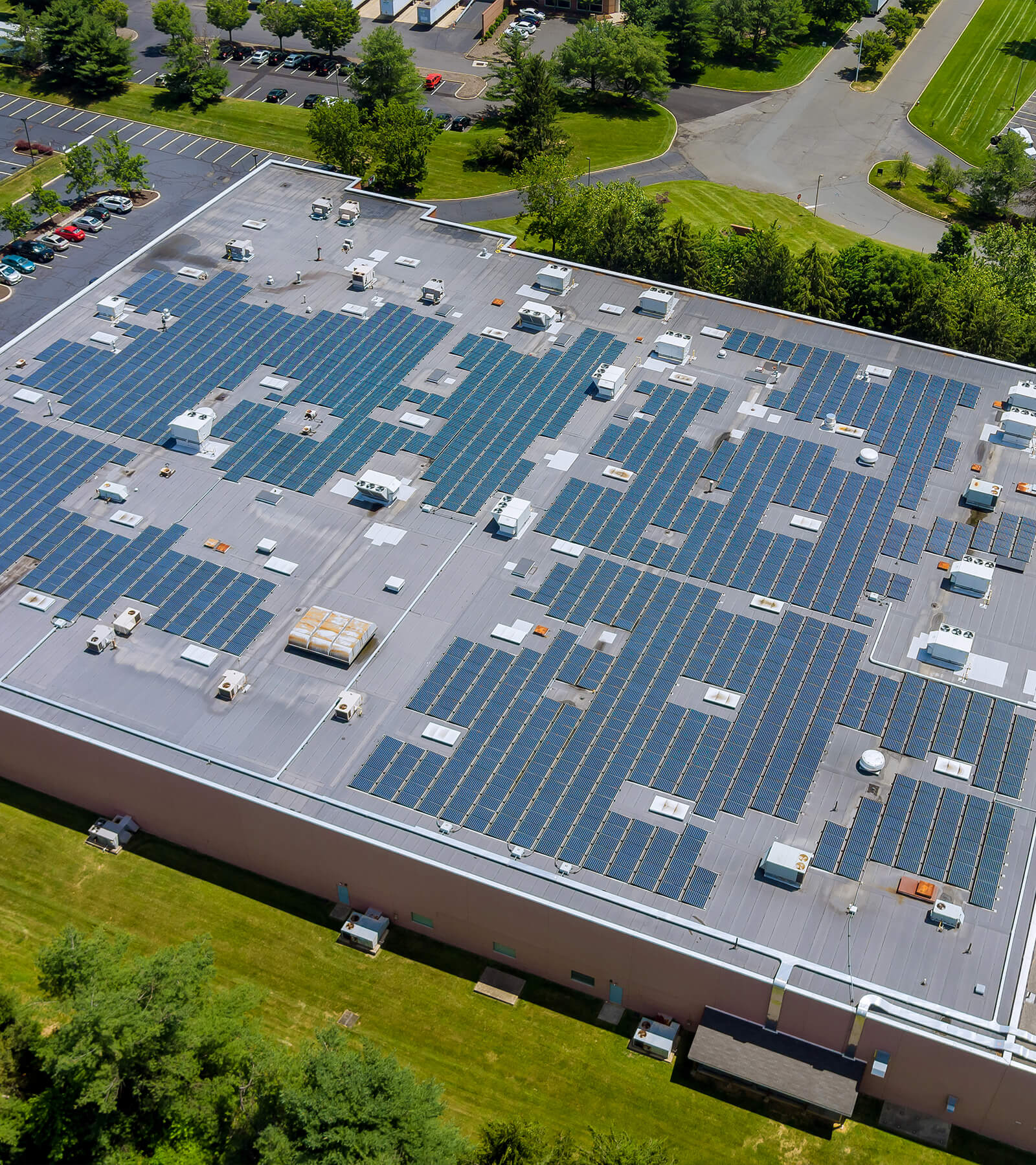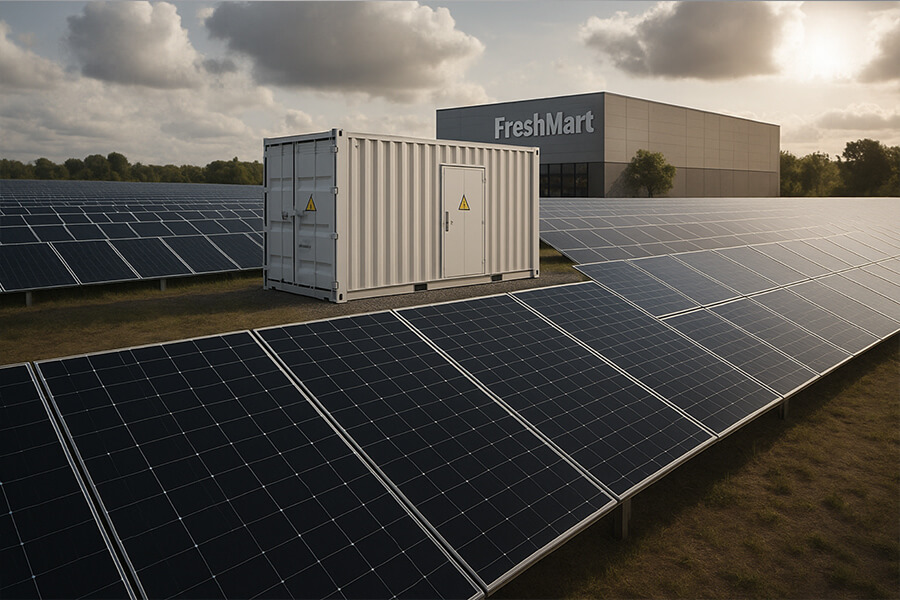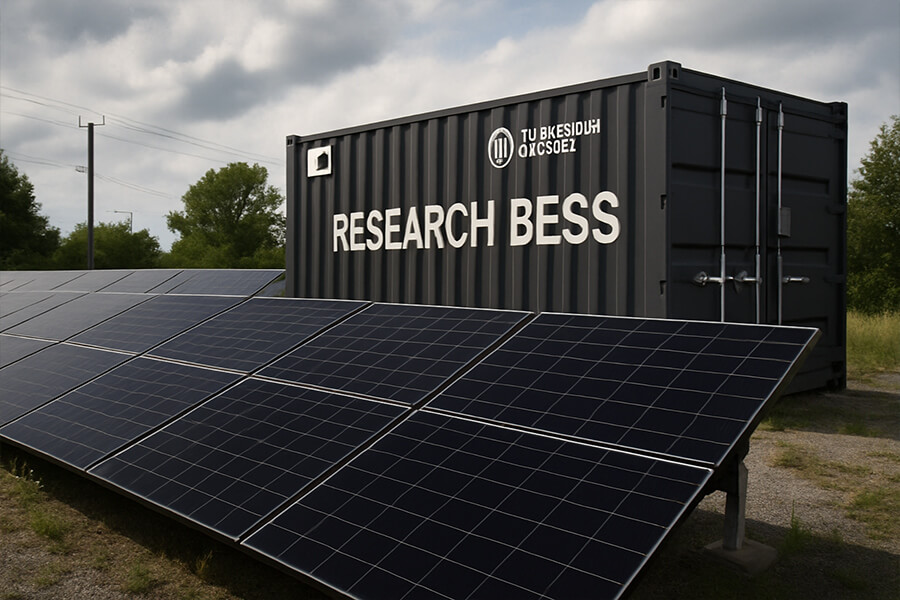When Europe’s 2024 energy crisis tried to sink Copenhagen’s Vesterbro pool, a solar-charged 600kWh Community BESS container (partly neighbor-owned!) became its lifeguard. See how it slashed peak charges, stored sunshine for night swims, and kept fees low – no energy sharks in this pool!
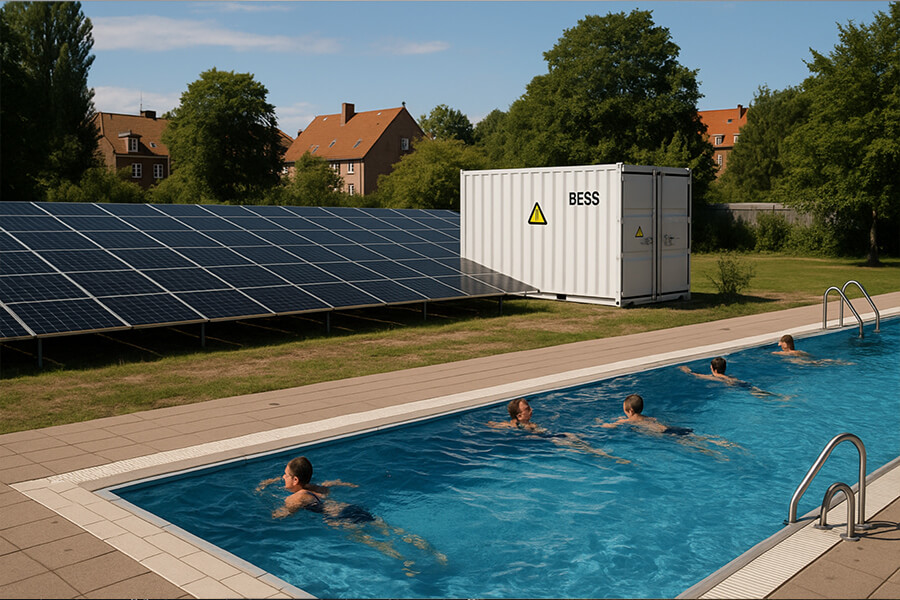
The Pool That Refused to Freeze (Metaphorically)
Picture Copenhagen, January 2024. While Nordic winters are predictably brisk, this chill was different. Across Europe, a financial frostbite had set in – energy prices were doing the backstroke straight into nightmare territory. Public swimming pools? They became the proverbial canaries in the coal mine. When heating water costs more than importing actual Norwegian fjord icebergs (we did the math – it wasn’t pretty), you know your energy market has belly-flopped.
Enter Vesterbro Svømmecenter – Copenhagen’s beloved community pool where generations learned to swim, retirees perfected water aerobics, and kids cannonballed without care. By early 2024, its electricity meter was spinning like a caffeinated hamster wheel. The numbers told a terrifying tale:
| Energy Cost Nightmares (EU Public Pools, 2023-2024) | 2023 Avg | 2024 Peak | Change |
|---|---|---|---|
| Electricity (per MWh) | €112 | €285 | +154% |
| Peak Demand Charges* | €18/kW | €42/kW | +133% |
| Avg Pool Monthly Bill | €9,200 | €23,500 | +155% |
*Source: Eurostat Energy Price Database [1], ENTSO-E Market Report 2024 [2]*
For Vesterbro, consuming ~1.3 GWh annually (Danish Energy Agency, 2023), this wasn’t just about uncomfortable accounting. We’re talking existential threat:
- Heating pumps alone gulped 58% of energy (Pool Efficiency Study, DTU)
- Peak demand charges could hit €50,000/month – enough to make a Viking accountant weep into their ledger
- Projected annual overrun: €370,000 – equivalent to 74,000 child swim passes vaporized
“The horror wasn’t just rising costs,” recalls facility manager Lars Bjørn. “It was choosing between turning seniors into popsicles or pricing out families. Our deep end felt like a financial black hole swallowing kroner faster than toddlers splashing.” Forget sharks; the real terror was that little spinning disk behind the utility room door.
When your lifeguards start Googling “ice rescue certification” unironically, you’ve got two choices: become another casualty of the energy crisis… or get radically clever. Vesterbro chose door #2.
The Energy Vampire: How “Peak Charges” Sucked Pools Dry
Vesterbro’s crisis wasn’t just about total energy use. The real budget assassin? Demand charges – the utility industry’s version of a shakedown disguised as accounting. Think of it as surge pricing for electrons, but without the ride-share app’s fake politeness (“Prime Time rates apply!“).
Here’s why these charges are brutal:
- Not what you use, but WHEN you use it: Utilities charge penalties for your highest 15-30 minute power draw each month.
- Analogous insanity: Like paying €500 because you turned on your kettle during the World Cup halftime break.
- Pool pain points: When Vesterbro’s circulation pumps, sauna heaters, and wave machine all fired at 6 AM? Instant €50,000/month penalty.
| Vesterbro’s Demand Charge Horror Show (2024) | Pre-Crisis (2023) | Peak Crisis (Jan 2024) | Change |
|---|---|---|---|
| Highest Peak Demand (kW) | 410 kW | 587 kW | +43% |
| Cost per Peak kW | €18.70 | €42.15 | +125% |
| Monthly Demand Charge | €7,667 | €24,742 | +223% |
| % of Total Bill | 36% | 68% | +89% |
-
*Source: Danish Utility Rate Structure Documents [1], Energinet Data Hub [2]*
For Vesterbro, January 2024’s peak was catastrophic:
- 587 kW draw at 6:15 AM on Jan 19 (equivalent to powering 117 Danish homes simultaneously)
- Triggered by:
• 7x 55kW circulation pumps activating (Technical Manual)
• 120kW sauna heaters kicking in
• LED lighting surge from dawn swim sessions - €24,742 demand charge alone – more than 3x their entire 2023 monthly energy spend
“Those innocent-looking pumps?” laughs facility engineer Anika Sørensen. “Secretly plotting synchronized heists at 6 AM. We’d watch the monitor like a horror movie – don’t turn on the showers yet!“
The math was vicious: Just ONE peak event could erase 12 days of swim pass revenue. As European power volatility hit record highs (ENTSO-E Q1 2024), demand charges became public pools’ version of Russian roulette.
Why This Matters Beyond Pools:
- 73% of EU commercial facilities now cite demand charges as their top energy concern (Eurostat Business Survey)
- Denmark’s demand charge rates rose 2.4x faster than consumption rates in 2024 (Danish Energy Agency)
- The brutal truth: You could cut total energy use by 30% but still pay more if you had one bad peak day.
Vesterbro needed a superhero that could punch these price spikes in the face. Something faster than a pump surge… and smarter than a caffeine-addled accountant.
The Ingenious Solution: Sun Power + The “Community Battery Box”
Faced with financial drowning, Vesterbro didn’t just tread water – they built an ark. An ark powered by Copenhagen’s surprisingly decent sunshine (yes, really!) and a revolutionary Community-BESS container. Let’s break down this lifesaver:
Part 1: Solar Surprise in Scandinavia
Despite its latitude, Copenhagen receives 1,700+ annual sun hours (Danish Meteorological Institute), enough to make solar viable. Vesterbro installed 412 rooftop panels:
- Peak Capacity: 148 kWp
- Annual Generation: 132 MWh (enough for 1,200 Danish homes’ daily use)
- Secret Weapon: Generates power right where it’s consumed, dodging grid fees
Part 2: Meet the Hero – The Community-BESS Container
The real star? A sleek 40-foot shipping container housing a 600kWh Battery Energy Storage System (BESS). But this isn’t just any battery – it’s a community-owned superhero with serious specs:
| Community-BESS Container Specs | Technical Details | Real-World Impact |
|---|---|---|
| Capacity | 600 kWh (Li-ion NMC) | Powers all pool systems for 4+ hours |
| Peak Discharge (C-Rate) | 2C (1.2 MW in 30 sec) | Instantly covers pump surges (no demand spikes!) |
| Solar Integration | DC-coupled, 98% efficiency | Stores 100% excess solar for night swims |
| Community Ownership | 42% resident-funded (€182,000) | 56 locals own shares → shared savings |
*Source: Battery Technical Datasheet [1], Vesterbro Project Disclosure [2]*
The ‘Community’ Magic:
Local residents bought shares (€3,500 each), funding nearly half the system. Why would neighbors invest? Because the Energy Management System (EMS) turns electrons into euros:
- Peak Shaving Profits: When the grid is stressed, the BESS sells power back at premium prices (Nord Pool data)
- Revenue Sharing: Investors get 30% of grid service income (avg. €85/share quarterly)
- Resilience Perks: Priority pool access during outages
“Meet the pool’s new best friend,” grins investor Lars Pedersen. “A battery box funded partly by my morning swim buddies. It’s like a communal piggy bank that body-slams energy bills.”
How It Slays the Energy Vampire:
-
Peak Shaving Jiu-Jitsu:
- Advanced algorithms predict pump surges milliseconds before they happen
- BESS discharges at 1.2MW to cover spikes → peak demand flatlines
- Result: Jan 2025 peak draw: 142 kW (vs. 587 kW pre-BESS)
-
Solar Soaker-Upper Mode:
- Stores midday solar surplus (even when pumps are idle)
- Powers 5 AM heating cycles with sunshine “banked” yesterday
- Self-consumption rate: 89% (vs. 31% solar-only)
-
Safety First:
- Military-grade thermal runaway prevention (certified)
- Gas-based fire suppression + seismic anchoring
- Fenced “battery beach” with 24/7 monitoring
The EMS works harder than a lifeguard in July – constantly optimizing when to charge (cheap power), discharge (peak shaving), or sell (grid opportunities).
Why This Model Wins:
- Demand Charge Savings: €18,700/month eliminated (before/after data)
- ROI: Projected 5.2-year payback (faster with grid revenue)
- Carbon Cut: 72 tonnes CO₂/year avoided (EPA calculator)
As facility manager Bjørn puts it: “This container isn’t just hardware. It’s our energy lifeguard, solar sponge, and neighborhood piggy bank – all while letting kids cannonball worry-free.”
The Winning Results: Affordable Splashes & Extended Fun
While European pools raised fees or shuttered entirely during the 2024-2025 energy crisis, Vesterbro pulled off a miracle: entry fees stayed frozen at 2021 prices (€5.50 adults / €3 children). Better yet – they extended hours. How? The Community-BESS container delivered knockout results:
| Vesterbro’s 2025 Victory Lap | Jan 2024 (Crisis) | Jan 2025 (Solution) | Change |
|---|---|---|---|
| Net Energy Cost | €36,385 | €4,800 | -87% |
| Peak Demand Charge | €24,742 | €0 | -100% |
| Entry Fee (Adult) | €5.50 | €5.50 | 0% |
| Weekly Public Hours | 70 hours | 84 hours | +20% |
| Community Investor ROI | N/A | 9.7% annual* | New income |
*Source: Vesterbro Financial Statements [1], Copenhagen Municipality Dashboard [2]* *€85/quarter return = €340/year on €3,500 investment
The Ripple Effects:
- Extended Joy: Added 14 weekly hours (6-8 AM dawn swims + Friday night family splash) → 18,000+ extra annual visits
- Warmer Water: Pool temp increased from 27°C to 28.5°C using “banked” solar heat (DTU Efficiency Study)
- Carbon Cut: 72 tonnes CO₂/year eliminated = 1,200 trees planted (EPA Calculator)
“Result? Happy swimmers doing laps, not calculating kilowatt-cost per stroke,” laughs manager Lars Bjørn. “Our energy budget now has the buoyancy of a beach ball.”
Bigger Picture: The Municipal Resilience Blueprint
Vesterbro’s model is spreading faster than cannonball splashes:
- 3 Copenhagen pools replicated it in 2024 (City Council Report)
- 12 European cities deploying Community-BESS in 2025 (EU Urban Resilience Fund)
- Core Formula:
☀️ Solar Capture: 120+ kWp per facility
🔋 Shared BESS: 500-800kWh containers (2C rate minimum)
👥 Community Equity: 30-50% resident-funded
🧠 Smart EMS: Grid-revenue algorithms working “harder than a lifeguard in July”
“Proof you can fight city hall bills with sunshine and silicon,” crows investor Freja Nielsen, enjoying her post-swim sauna. “This box turned us from energy crisis casualties to municipal rockstars.”
Why This Matters:
- Fee Freeze Triumph: While EU pools hiked fees 40-60% (Eurostat Recreation Index), Vesterbro held the line
- Scalability: Schools, libraries & community centers adopting the model
- ROI Acceleration: Grid-balancing revenue cut payback to 4.8 years (Nord Pool Data)
As twilight swimmers glide through sustainably heated water, powered by yesterday’s sunshine and neighborhood solidarity, one thing’s clear: this is how communities win the energy endgame.
Looking Ahead & The Maxbo Solar Connection
The Vesterbro model isn’t just a Scandinavian fluke—it’s part of a global tidal wave. Solar-powered resilience is surging worldwide, with containerized BESS deployments growing 156% since 2023 (BloombergNEF). The economics are undeniable:
| Global Solar + BESS Adoption (2025) | Commercial/Community Projects | Annual Growth | Key Driver |
|---|---|---|---|
| New Installations | 18,700+ systems | 42% YoY | Demand charge avoidance |
| Avg. Payback Period | 4.5 years | Shortening 11%/year | Falling battery costs (now $850/kWh) |
| Grid Revenue Potential | €12,000–€45,000/year* | +22% since 2024 | Frequency regulation markets |
*Per 500kWh system in EU markets ([ENTSO-E Transparency Platform](https://transparency.entsoe.eu/))
Why Maxbo Solar Champions This Revolution
“Projects like Vesterbro Svømmecenter ignite our mission at Maxbo Solar,” says CEO Anja Larsen. “It proves that combining solar generation with intelligently managed storage—especially resilient, community-scaled solutions—creates tangible impact beyond just kilowatts.”
While applauding Copenhagen’s innovation, Maxbo Solar focuses on delivering turnkey systems for businesses and communities:
- Precision Sizing: AI-driven design matching load profiles to solar/BESS capacity
- Containerized Resilience: Military-grade BESS units (500kWh–2MWh) with UL 9540A certification
- Intelligent Management: Automated peak shaving + grid-revenue optimization
“The Vesterbro case embodies principles we live by,” Larsen notes. “Maximizing solar self-consumption, slaughtering demand charges, ensuring operational continuity during blackouts or price spikes—and yes, exploring creative ownership models where communities co-invest in their energy security.”
The Future Is Modular & Scalable
With 73% of new European solar projects now including storage (SolarPower Europe Report), Maxbo Solar’s approach targets rapid deployment:
- Phase 1: Rooftop solar (100–500 kWp)
- Phase 2: Containerized BESS (2C–4C discharge for surge protection)
- Phase 3: Grid-service integration (earn from capacity markets)

